Oh, hullo there!
I'm Chicken George, and this here is my scholing to spring chickens bout 'vesting in one's self and kin.

You might remember me from my sporting days when I was but a hooting-tooting no good for nothing chicken trainer. But don't you be fooled, I may have been naive then, but that was when I first learned about making one's freedom. Well, I learned through them first hard times, and good too. I chose the path of financial freedom, and now I done paid my freedom, and I want to show you the road less travelled of a proper chicken trainer!
Now, there's nothing wrong being a field hand, its a fine occupation. But the toil is hard, and the sweat of the brow don't get any less over the years.
But to being your own massa, you must tread somewhat differently.
Lets begin. All I know bout 'vesting, I've learned through raising my little young'uns, and watching them birds grow, lay eggs and finally get slaughtered one way or another.

See, growing a business is much like raising chickens. They both have a life cycle with roughly 4 different phases along the way.
- They start out as spring chickens, where they grow fast (usually 10-20% a year), but they pay no mind to laying eggs yet (0% eggs).
- Then the young hen reaches the pullet phase, where they still grow at a fair pace (around 5-10%), but some of that growth is then shifted into laying eggs (0-5% eggs).
- The pullet then becomes a proper hen, the growths diminishes further, and hardly increases in size (0-5%), but starts laying a lot of eggs (5-10% eggs).
- Finally, the mature hen declines in growth (0%), stops laying eggs (0% eggs), and ultimately dies.
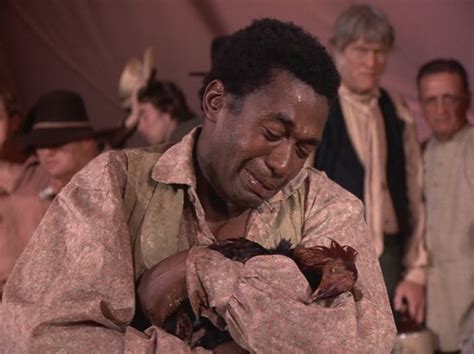
With the different phases of a chicken's life in mind, lets look at different investor strategies when buying chickens.
There are basically 3 kinds of investors, and to simplify we'll say that each are attracted only to the equivalent chicken growth phase:
- Chicken investors: buys individual chickens in order to spot bargains or great birds that will grow fast. The investor then slaughters(sells the stock) to get his feed.
- Supermarket chicken investors: buys the equivalent of a full chicken, but in parts and from different birds. He also slaughters when he gets hungry.
- Egg investors: buys egg laying hens, and will live off the eggs(dividends) instead of the bird.
Now, there are four core rules to investing, that I will use to explain a pro/con table of the different investor types:
- Don't lose money (beware of the fox roaming)
- Asymmetric risk (one good chicken and four bad still breaks even)
- Taxes & fees (minimize spillage of corn)
- Diversify (don't put all eggs in same basket)
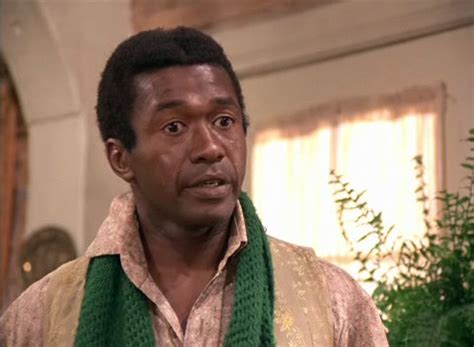
| Investor type | PRO | CON |
|---|---|---|
| Chicken investor | Asymmetric risk | Don't lose money, Taxes & fees |
| Supermarket chicken investor | Don't lose money, Diversify, Taxes & fees* | Asymmetric risk |
| Egg investor | Don't lose money | Taxes & fees |
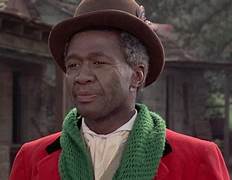
So, to elaborate, the chicken investor can win a lot or lose a lot according to his bird watching skill.
Taxes & fees are fine, if buying much at a time (30.000kr), else they are high. Diversication is possible by buying different chickens.
The supermarket chicken investor won't lose money if he's patient(30years). The chicken parts are naturally diversified from different birds, and the taxes & fees are advantageous if using Nordnet's monthly savings plan, as you're not paying for the transactions, so no need to buy huge 30.000kr chunks at a time. However, because you're buying the supermarket chicken, it is overpriced and average according to certain standards that the supermarket has. And therefore you can only earn an average return.
The egg investor will receive dividends each year, and if the hens have been chosen wisely, they will also give in bad years, where other investors might starve their chickens until better times. However, in addition to the transaction fees that the chicken investor faces, he must also pay taxes on each dividend received. Diversication is possible by buying different hens. Asymmetric risk is harder.
Ok, ok, so enough talk about the chicken phases, the investor types and the core rules of investing. lets talk bout making monies.
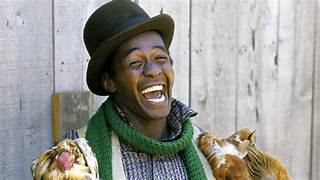
See, the best time to raise a chicken farm is 30 years ago, but the second best time is now, let me show you why:
Wealth generation and passive income example
So, if you were to invest 6000 a year(500kr x 12months) for 30 years(6000 x 30 = 180.000kr), and you didn't pick losers, this is how you would fare in 2050, assuming you started in 2020:- Spring chicken average growth rate of 15% and a 0% dividend yield would give a nestegg of:
2.608.470kr and 0kr/monthly in dividends. - Pullet average growth rate of 7.5% and a 2.5% dividend yield would give a nestegg of:
869.098kr and 21.727 * 0.73(27% tax) = 15861 / 12 = 1321kr/monthly in dividends. - Hen average growth rate of 2.5% and a 7.5% dividend yield would give a nestegg of:
676.590kr and 50.744 * 0.73(27% tax) = 37043 / 12 = 3086kr/monthly in dividends.
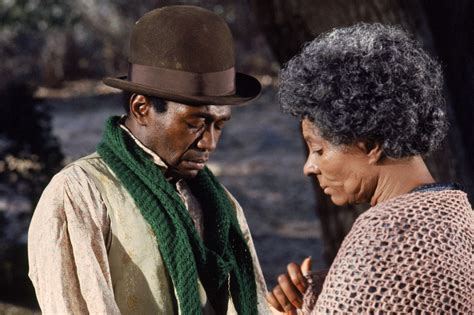
But as my mama used to say: Don't count your chickens before they hatch!
Therefore, we will follow the heed of an old Chinese man I met once.
If you must play, decide on three things at the start: the rules of the game, the stakes, and the quitting time.
Now, I've tried to explain some of the factors that determine investing. Now, I will make my final conclusion, which should get the chickens home to roost.
| Investor type | Rules of the game | Stakes | Quitting time |
|---|---|---|---|
| Chicken investor | Zero sum game(winners/losers), time consuming | Superior returns for high risk | Sell in good times |
| Supermarket chicken investor | Positive sum game(the top birds will always grow), overpriced, time efficient | Above average return for close to no risk and fees | Sell upon retirement |
| Egg investor | Positive sum game(eggs will compound), time consuming | Good returns for mediocre risk | Never, live off the eggs |

By golly, and there you have it. Remember, seek the win-win, competition is for losers!